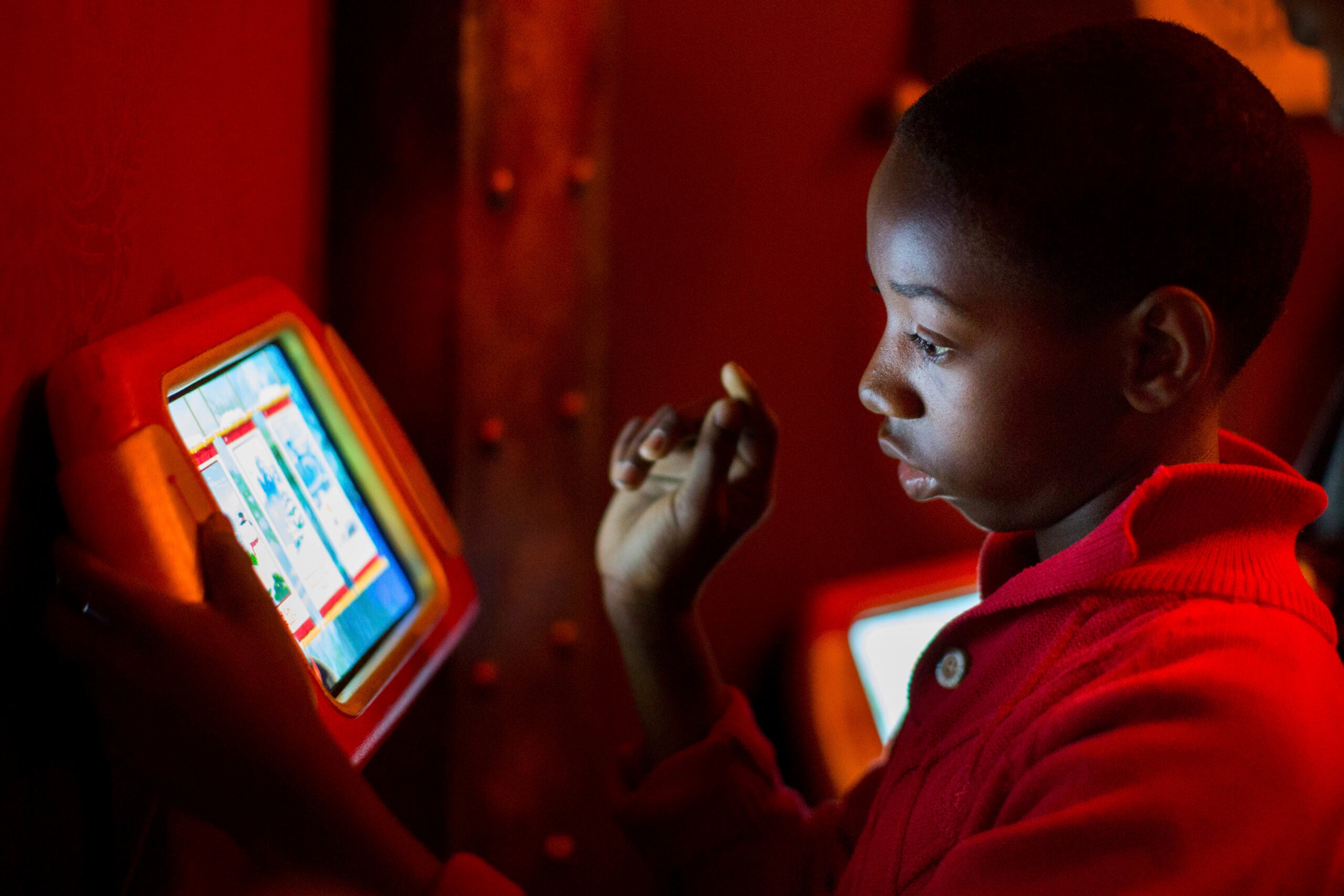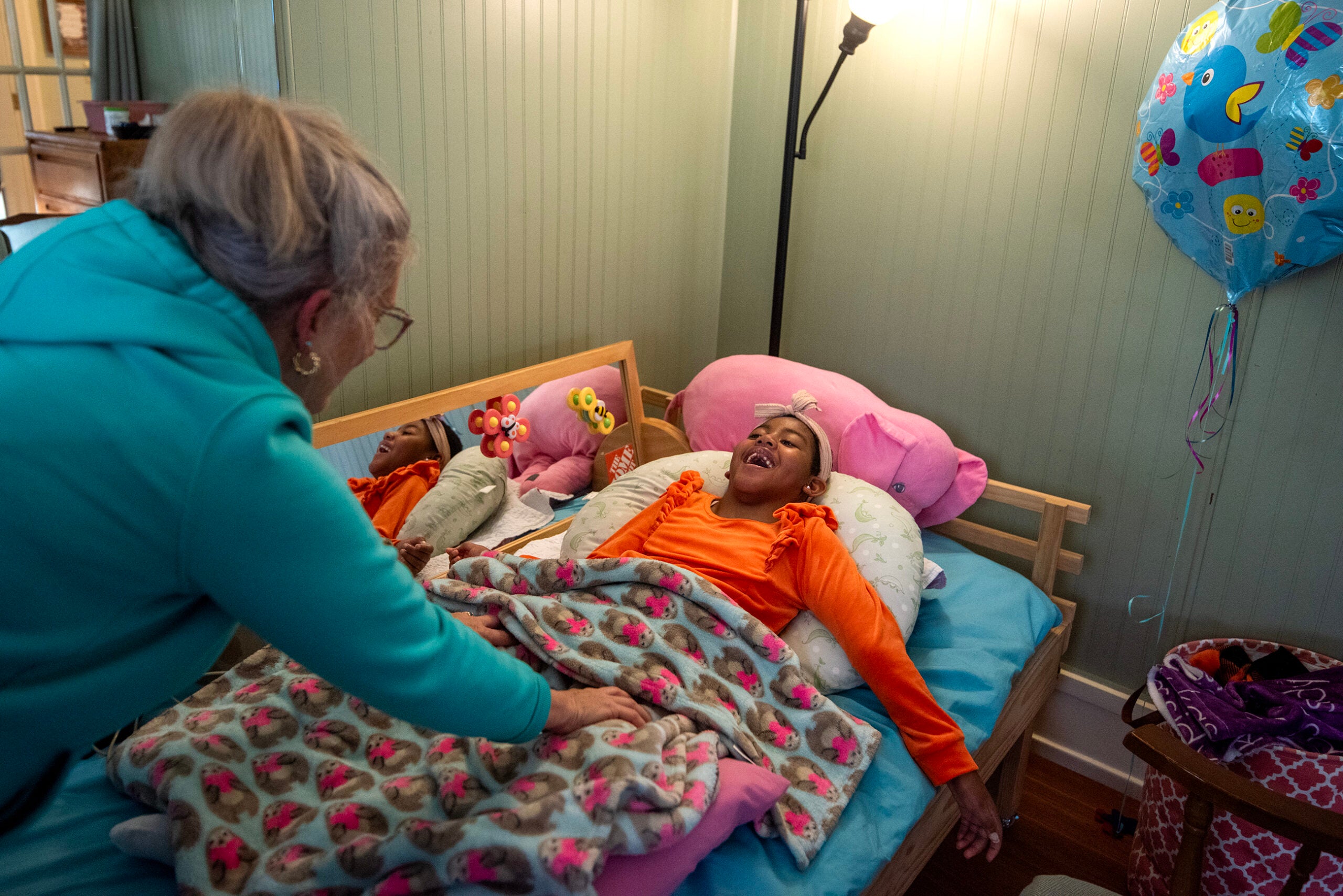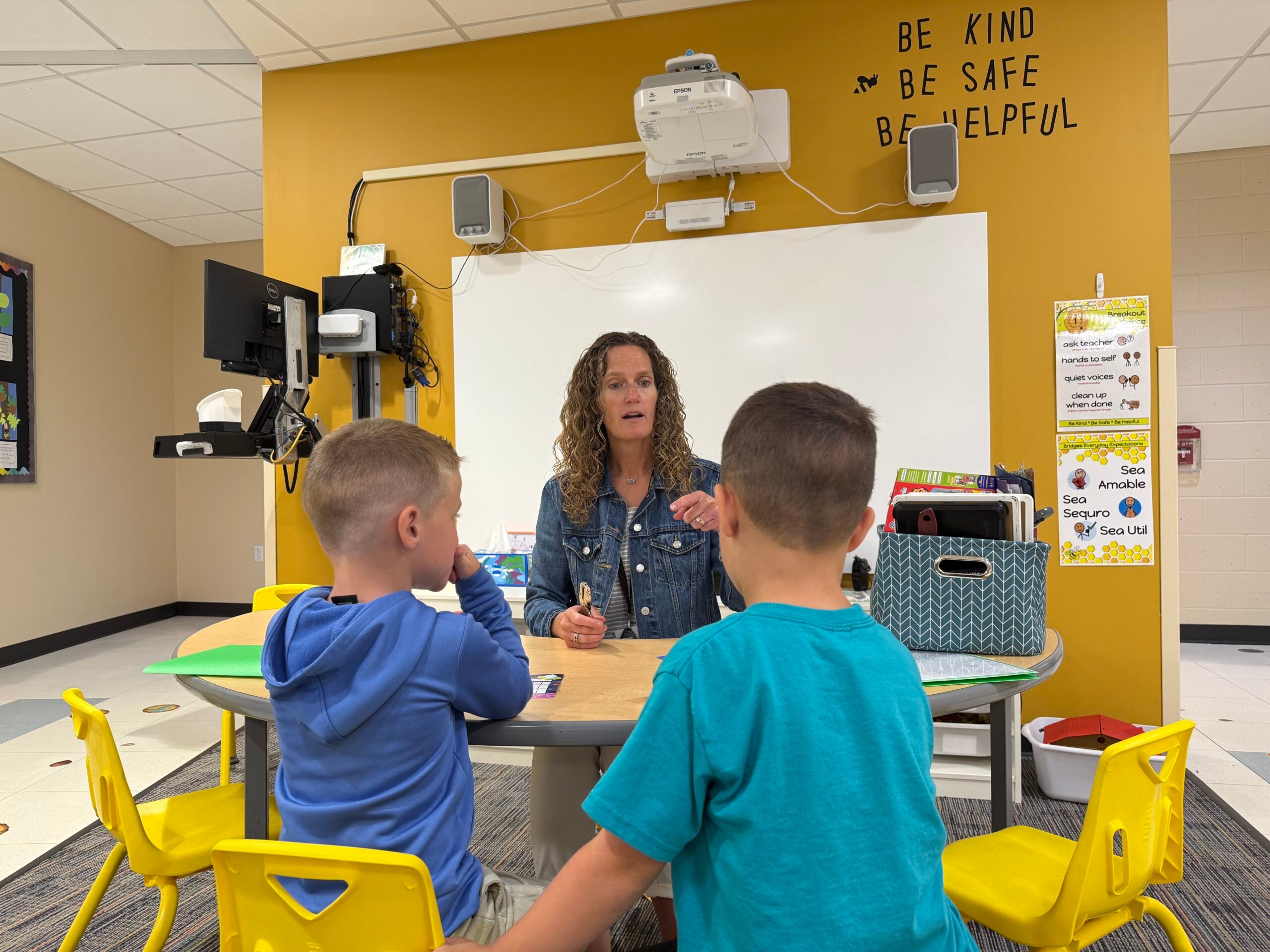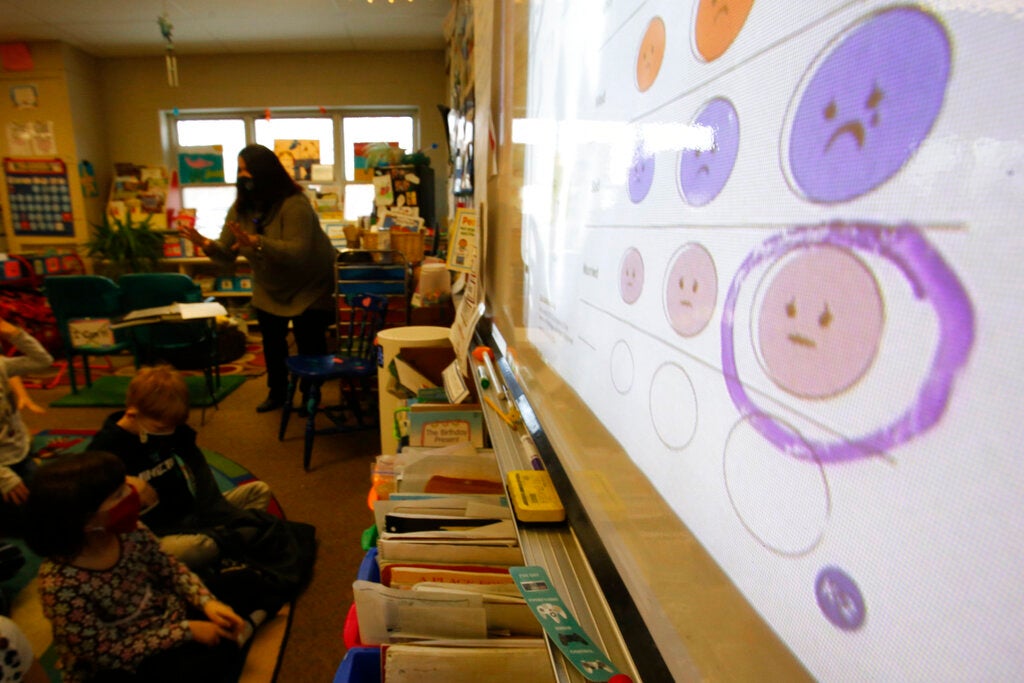In the 1970s, most American families had one screen in their home — a television.
By 2015, the average household had eight screens in the household, including video game systems, televisions, cell phones and tablets. Nine years later, in 2024, American households average 17 screens.
Being “plugged in” takes such little effort, said Jeff Reiland, a child and family therapist with Gundersen Health System Behavioral Health in La Crosse on a recent episode of WPR’s “The Larry Meiller Show.”
News with a little more humanity
WPR’s “Wisconsin Today” newsletter keeps you connected to the state you love without feeling overwhelmed. No paywall. No agenda. No corporate filter.
He said it’s one of the challenges facing families and providers, especially as new evidence piles up that says excessive screen time is taking its toll.
There’s a known link between excessive screen time and language delays in children, most recently identified in a study published in the the Journal of the American Medical Association Pediatrics.
The study found on average, children receive about three hours a day of screen time. When screens are on, even just in the background, parents and children use fewer words and there’s less back-and-forth conversations between them.
“The study actually identified … it would be about 1,139 adult words, 843 vocalizations from children to communicate back and almost 200 conversations that get lost in a day when parents and kids aren’t communicating because of screens,” he said.
Language is important for children because it helps them get their needs met. They can express their needs verbally instead of relying on other ways to get attention.
“We see a precipitous drop in aggression between the ages of 3 and 5 as kids acquire language,” he said. “But when they’re watching screens all the time, parents aren’t talking to them, and they’re not using language either.”
What screen times should parents aim for?
According to the American Academy of Pediatrics’ guidelines on screen time, the recommendations by age are:
- From birth to 18 months: Limit screen use to video chatting, along with an adult.
- From ages 18 to 24 months: Limit screen time to watching educational programming with a caregiver for 20 to 30 minutes a day.
- From ages 2 to 5: Screen time should be no more than one hour on weekdays and 1.5 hours on weekend days.
- From 6 years through adolescence: Screen time should not exceed two hours each day, not including school-related content. Those two hours include video gaming and spending time on social media.
“This is always a stressful conversation to have because most parents usually exceed those guidelines,” he said. “And, I have to say, they’re kind of a hard thing to reach.”
Some parents might use screens as a way to destress, and they might find that their children are quieter when given screens. It functions similarly to a pacifier, Reiland said.
“They may believe their children are learning something — and they may be learning some things, but they’re not learning the important things for their ages, especially young children, like language, social emotional communication,” he added. “They don’t learn those things from screens. They learn those things from human interaction, and I think that’s the part that we really have to get the word out on, so that we see less screen use for young children and more of that parent-child or family interaction.”
‘But I’m bored!’
Reiland said when a child tells a caregiver, “I’m bored,” it’s sort of like a code for asking whether he or she can “plug in.”
But Reiland said there’s ways around giving into that request, and one is by making comprehensive lists of all activities the child can do for every season. The list wouldn’t just say “card games” or “board games,” but would name every single game in the house and every single activity that can be done.
The first list would contain all the things the child can do by themselves at home on a rainy day. This becomes the year-round indoor list.
The second list would comprise all the things the child can do with at least one more person. That could be a sibling, friend or guardian.
“So, you’ve got these … menus of activities that can be done inside,” Reiland said.
Reiland said he thinks of screen time much like dessert; it comes after the child has “done the work of childhood.”
“The work of childhood during a day involves thinking and problem solving skills, physical activity, social emotional skills and then recreational helping skills,” he said.
Screen time is the reward for that work, though Reiland warned it should come well before bedtime so as not to disrupt sleep.
“But not something that starts the day,” he said. “It would be like having ice cream for breakfast, and once you have that ice cream for breakfast, are you really going to want to eat anything else?”





